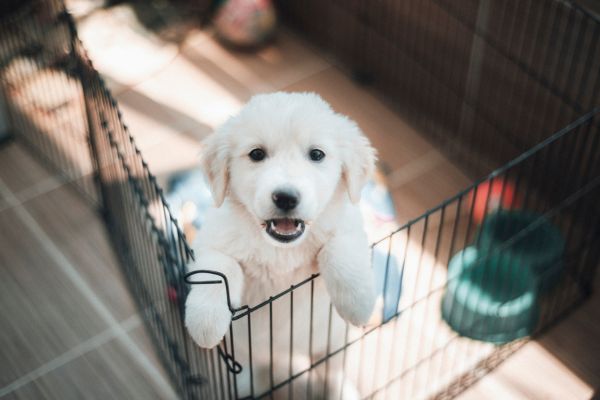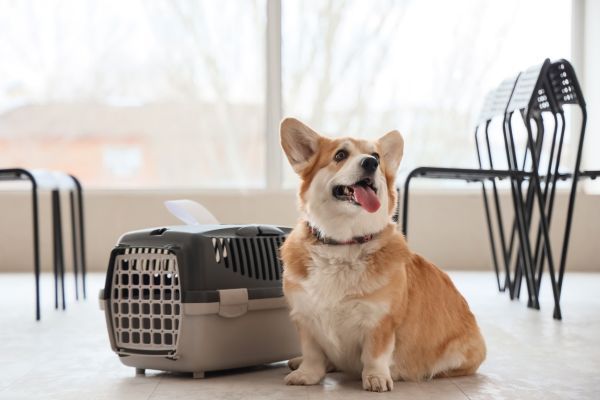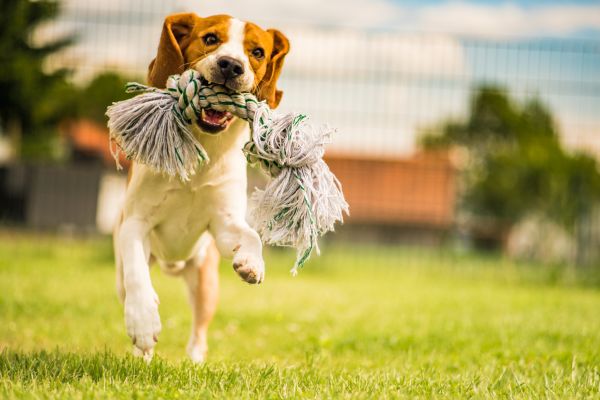Bringing home a new puppy feels a lot like adding a tiny whirlwind of joy (and chaos) to your life. They’re cuddly, playful, and full of energy—but let’s be real, the potty training part isn’t always sunshine and rainbows. If you’ve ever found yourself staring at a puddle on the carpet while your puppy looks at you with those innocent eyes, you already know the struggle. The good news? With the right approach, consistency, and a little patience, you can get through this stage without losing your sanity. Today, I’m sharing practical puppy potty training tips that’ll actually work for you and your little furball.
Why Potty Training Matters More Than You Think
Potty training isn’t just about keeping your floors clean—it’s about building good habits early. Puppies learn routines quickly, and if you set clear boundaries, they’ll grow into well-behaved dogs. Think of it this way: every accident avoided now saves you months of frustration later. Plus, teaching your puppy where to go builds trust and communication between you both. And honestly, who doesn’t want a dog that understands the house rules?
Understanding Your Puppy’s Needs
Before diving into specific puppy potty training tips, it’s important to understand how puppies actually work. Their bladders are tiny. That means they can’t hold it for long, especially during the first few months. A general rule of thumb is that a puppy can hold their bladder for about one hour per month of age. So if your pup is three months old, expect them to last three hours at best before needing a bathroom break.
Knowing this helps you plan. Instead of waiting for “accidents,” you’ll start anticipating them. And trust me, prevention is a lot easier than cleaning up a mess at 2 a.m.
Setting Up a Routine
Dogs thrive on routine, and puppies are no different. If you take them outside at the same times every day, their bodies will eventually sync with that rhythm. Early on, make sure you’re consistent with morning potty breaks, after meals, and right before bedtime.
Here’s the thing: don’t just open the back door and hope for the best. Go outside with them. Use the same spot each time if you can—it helps them associate that area with “this is where I go.” After they finish, give them praise like they just won the puppy lottery. Enthusiasm matters, because positive reinforcement sticks.
Crate Training and Why It Works
Crate training often gets a bad rap, but let’s clear this up: a crate isn’t punishment. It’s a safe, cozy den for your pup. Dogs naturally avoid going to the bathroom where they sleep, so the crate encourages them to hold it until you let them out.
The key is to choose a crate that’s the right size. Too big, and they’ll pick a corner to use as a bathroom. Too small, and they’ll feel cramped. You want a space just big enough for them to stand, turn around, and lie down comfortably. Used correctly, a crate becomes one of the most effective puppy potty training tips out there.
Watching for the Signs
Let’s be real—puppies rarely give you a polite heads-up when nature calls. But they do have signals if you know what to look for. Circling, sniffing the floor, whining, or suddenly wandering off are all classic red flags. The moment you see one of these signs, scoop your pup up and head outside.
Timing is everything. Catch them before the accident happens, and you’re teaching them exactly what to do. Miss the signs, and you’re stuck cleaning up a mess while they look at you like, “What? I had to go.”
Handling Accidents the Right Way
Here’s a truth bomb: accidents will happen. Even if you follow every puppy potty training tip in the book, no puppy is perfect. The important part is how you respond.
Don’t yell. Don’t rub their nose in it. That only teaches fear and confusion, not better behavior. Instead, clean the spot thoroughly with an enzymatic cleaner so the smell doesn’t linger. Dogs are creatures of habit, and if they smell an old accident, they’ll be tempted to repeat it in the same place.
And if you catch them mid-accident? Clap your hands or say “outside!” in a firm but calm tone, then take them to the right spot immediately. Praise them once they finish outside. It’s all about redirecting, not punishing.
The Role of Food and Water
One sneaky factor in potty training is diet. Puppies usually need to go shortly after eating or drinking. That’s why scheduling meals at the same time each day makes a huge difference. Free-feeding (leaving food out all day) makes it harder to predict when your pup will need a bathroom break.
Also, keep water available but be mindful in the evening. Cutting back just before bedtime can help reduce middle-of-the-night wake-up calls.
Patience, Praise, and Progress
Let’s face it—potty training can test your patience. There will be days you feel like you’re making progress and days you wonder if your pup will ever figure it out. The thing is, they will. Every successful trip outside is a step forward.
Celebrate the little wins. Use treats, belly rubs, or that goofy happy voice your puppy loves. Over time, those rewards build a strong association between going potty outside and feeling good about it. And slowly but surely, the accidents will fade into the background.
Common Mistakes to Avoid
Even with the best intentions, pet owners sometimes sabotage their own progress. One mistake is giving too much freedom too soon. Puppies don’t need full run of the house right away—that’s just asking for trouble. Start small, block off certain areas, and expand their space as they prove themselves.
Another mistake? Inconsistency. If one family member takes the puppy out regularly but another doesn’t, the dog gets mixed signals. Everyone in the household needs to be on the same page for the training to stick.
Final Thoughts on Puppy Potty Training Tips
Potty training isn’t about perfection—it’s about progress. Your puppy isn’t trying to make your life harder; they’re just figuring things out in a brand-new world. With patience, consistency, and the right mix of structure and love, you’ll both get through this stage.
Remember, the goal isn’t just a clean floor—it’s raising a happy, confident pup who knows they can trust you to guide them. Stick with these puppy potty training tips, stay positive, and before you know it, you’ll look back and laugh at those early messy days.


